Clotrimazole belongs to the broad spectrum antifungal drugs. The agent is used to treat various fungal infections (mycoses).
What is clotrimazole?

Clotrimazole is an anti-fungal agent that comes from the group of imidazoles. It is given to treat fungal infections on the skin. Because clotrimazole works against various fungi, it is used as a broad spectrum antifungal agent.
The development of clotrimazole took place between 1967 and 1969 in Germany in the research facilities of Bayer AG. Experimental and clinical studies followed from 1970 to 1972 to test the effectiveness and tolerability of the antifungal agent. The first patents were issued in the USA in 1972. A year later, clotrimazole came onto the market in the Federal Republic of Germany under the brand name Canesten®. The agent could be administered as a cream, vaginal tablet and solution.
Because clotrimazole proved to be well tolerated, the antimycotic could be exempted from the prescription requirement from 1977. The effects of clotrimazole have been clarified through studies since the early 1980s. The drug is also currently used against numerous skin fungal infections.
Pharmacological effect
Clotrimazole belongs to the group of triazoles and imidazoles. The effect of the antifungal agent is based on destroying the cell wall formation of harmful fungi. In this way, the growth of the mushrooms can be restricted.
Clotrimazole inhibits the substance ergosterol. The production of ergosterol, which takes place in different steps, is carried out by different enzymes. By inhibiting a certain enzyme, clotrimazole ensures that the build-up of ergosterol is interrupted. This results in a disruption of the cell wall formation in the course of cell division. This results in an inhibition of the fungal growth so that it cannot spread any further.
In medicine, the antifungal effect is also referred to as fungistatic. With correspondingly high dosages, a fungicidal effect is also possible. Clotrimazole also has the property of being able to act against special corynebacteria. For this reason, the fungus remedy is also suitable for treating infections with these rod-shaped germs.
After oral administration, 90 percent of clotrimazole is absorbed. After about four hours, the antifungal agent has reached most of the tissues of the organism. It reaches its highest concentration after a period of 25 hours in the liver, fatty tissue, skin and adrenal glands. Inactivation of the medicinal substance also takes place in the liver. 90 percent of clotrimazole is excreted in the faeces. The remaining ten percent leave the body with the urine.
Medical application & use
Most disease-causing fungi can be treated with clotrimazole. These primarily include fungal infections on the skin and the female vagina, as well as fungal nail diseases that occur on the hands and feet.
The dosage forms of clotrimazole against skin fungi (dermatophytes), molds or yeasts are different. Large-scale fungal infections can be effectively treated with sprays. These are also suitable for spraying objects. These include shoes, in the case of athlete's foot.
Creams are mainly used to treat the genital region. But vaginal suppositories or vaginal tablets can also be administered. Mostly inflammatory yeast infections are treated. Furthermore, clotrimazole is suitable for the therapy of superinfections which are triggered by bacteria that can be combated with clotrimazole.
Vaginal tablets are also effective for trichomoniasis, which is an infection with the microorganism Trichomonas vaginalis.
Clotrimazole is used as a powder to carry out post-treatment of skin fungal infections. It is also possible to use the powder to prevent fungal infections. The dry effect of the powder is particularly advantageous, as mushrooms prefer to multiply in a moist environment.
The dosage of clotrimazole depends on the extent of the fungal disease. The agent is applied or sprayed directly onto the affected area. The usual dose is one to three applications per day. Overall, the clotrimazole therapy takes two to four weeks. To prevent a relapse, it is advisable to continue the therapy for one to two weeks after the symptoms have subsided.
Risks & side effects
Side effects of treatment with clotrimazole rarely occur, as the agent is generally well tolerated. However, some people may experience itching, temporary reddening of the skin, stinging, burning, and dry skin. Occasionally, allergic reactions also occur.
Clotrimazole must not be used if the patient is hypersensitive to the antifungal agent. During the first phase of pregnancy, clotrimazole for the treatment of a yeast infection should only be given under the close supervision of a doctor. There is a suspicion that the antifungal drug could cause a miscarriage.
However, if clotrimazole is only absorbed locally on the skin, there is no risk of harm to the child. Avoid using the antifungal agent on the breast while breastfeeding. The same applies to the administration of the active ingredient to babies and small children.
With the simultaneous treatment of clotrimazole and other antifungal agents such as nystatin, natamycin and amphotericin B, interactions are possible. This leads to a decrease in the effectiveness of clotrimazole. At the same time, clotrimazole can reduce the positive effects of these drugs. There is also the risk that the effect of the agent is reduced by the use of cosmetics, deodorants or intimate hygiene agents.

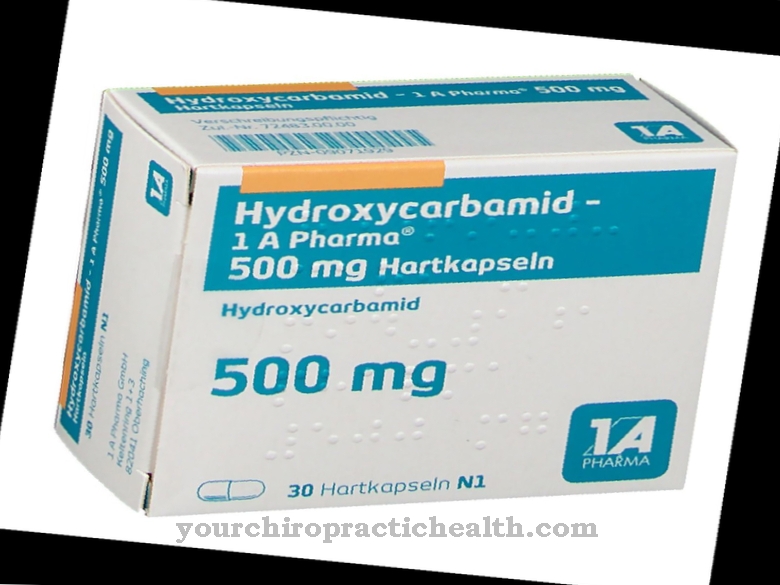
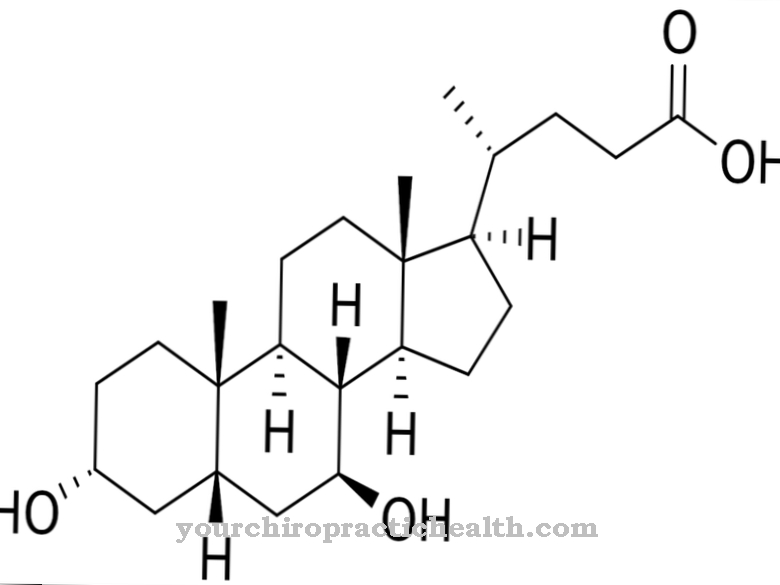

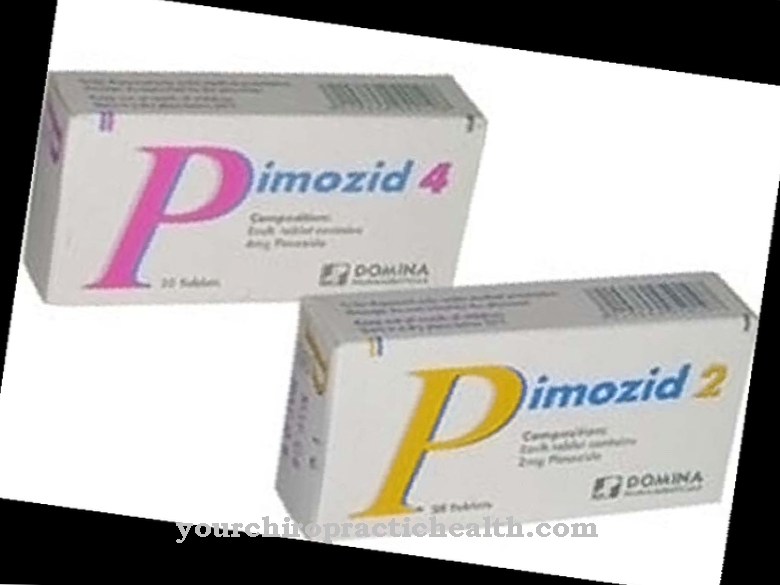



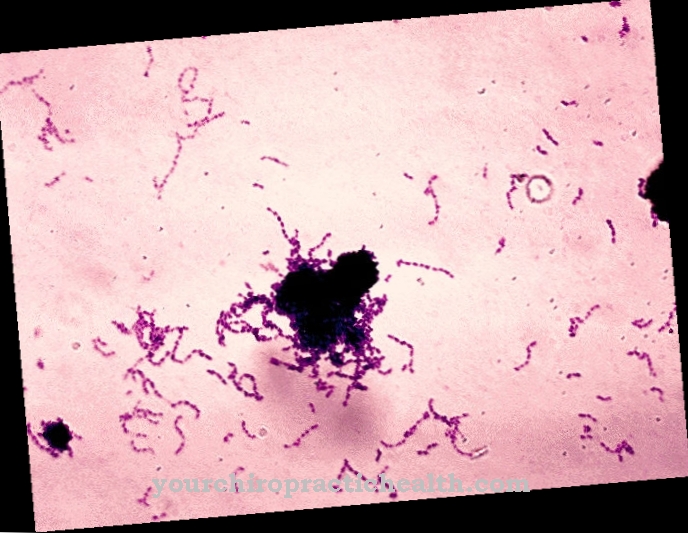



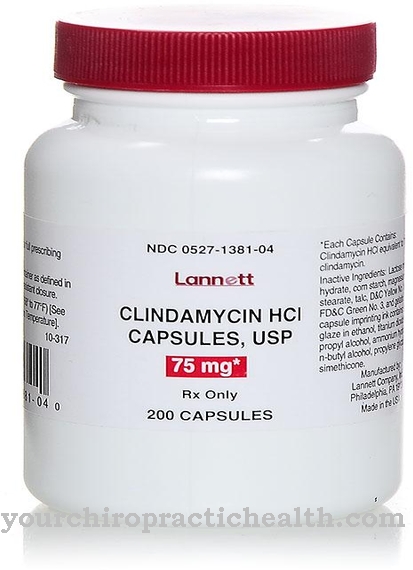











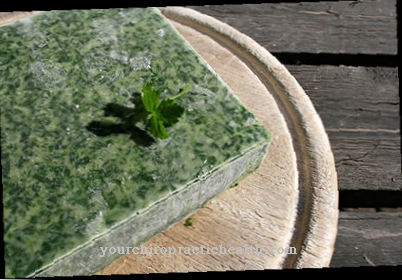

.jpg)

